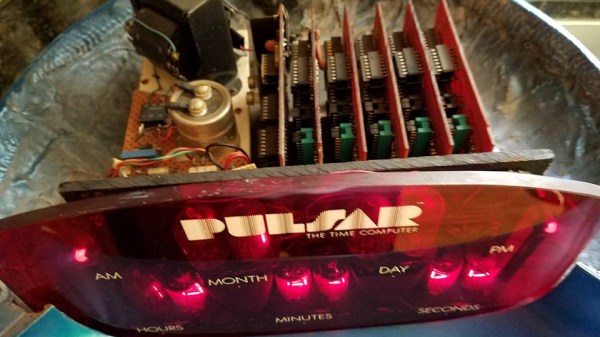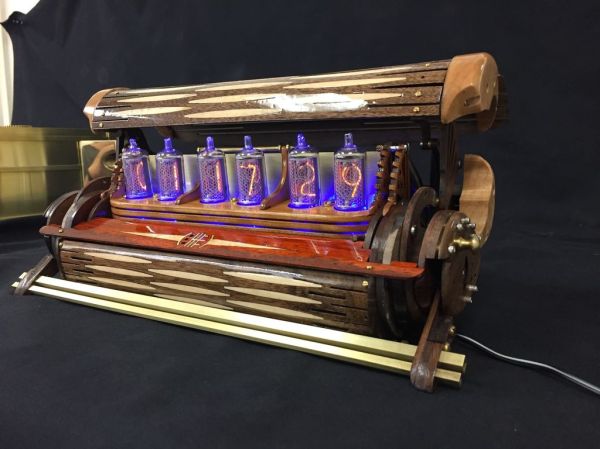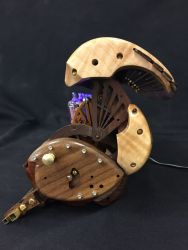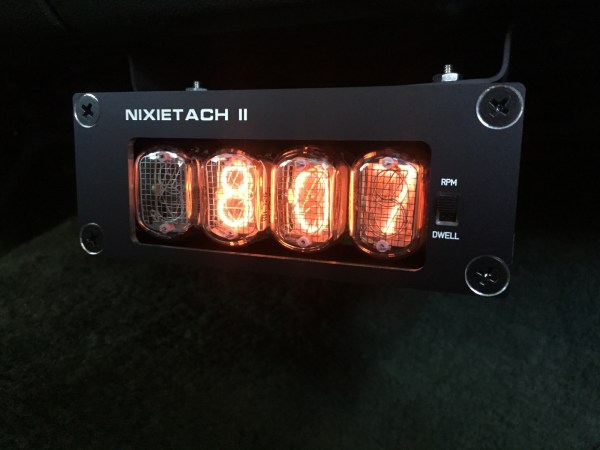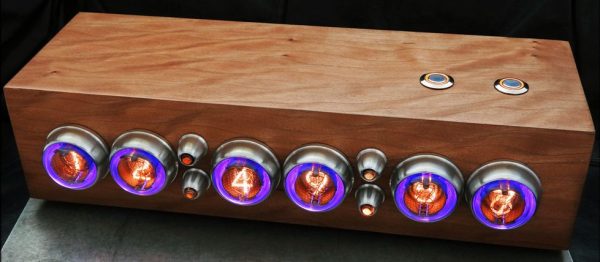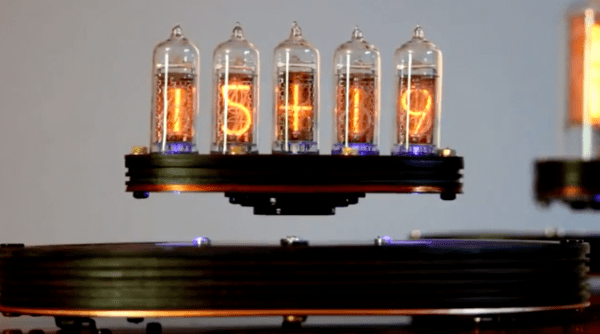Every now and then something old comes along which we’re surprised has never been on Hackaday. That’s especially the case here since it includes nixie tubes and is a clock, two things beloved here by many. Then again, it’s not a hack, but it just should be (hint hint).
This clock’s origins are a bit of a mystery. As detailed in [Asto_Vidatu]’s Reddit post, he found it when cleaning out his mother’s garage. Larger photos of the clock internals are on his imgur page and are sure to delight and intrigue you. It looks very much like a clock widely thought to be the one which the Hamilton Watch Company made for Stanley Kubrick. In 1966, Kubrick commissioned Hamilton to make a futuristic looking clock and watches for his upcoming movie, 2001: A Space Odyssey. The watches appear in the movie on the wrists of the astronauts but the clock was left on the cutting room floor. After the movie was made, Kubrick gave the clock back to Hamilton, and it ended up in the possession of [Asto_Vidatu]’s grandfather, who worked on the team which made the clock.
All this might lead you to think that this is the clock made for the movie, instead of the one with the name Hamilton on it but the name Pulsar is thought to have been dreamed up around the time the movie came out. So where did it come from? Was it a hack by [Asto_Vidatu]’s grandfather or others at Hamilton? Was it a product which Hamilton had worked on, or perhaps a marketing gimmick for the Pulsar watch?
There’s one thing we do know, this is crying out for a modern remake. If you can find some nixie tubes then perhaps these driver boards will help. Or maybe do it with nixie tube lookalikes, such as these edge-lit acrylic digits.

